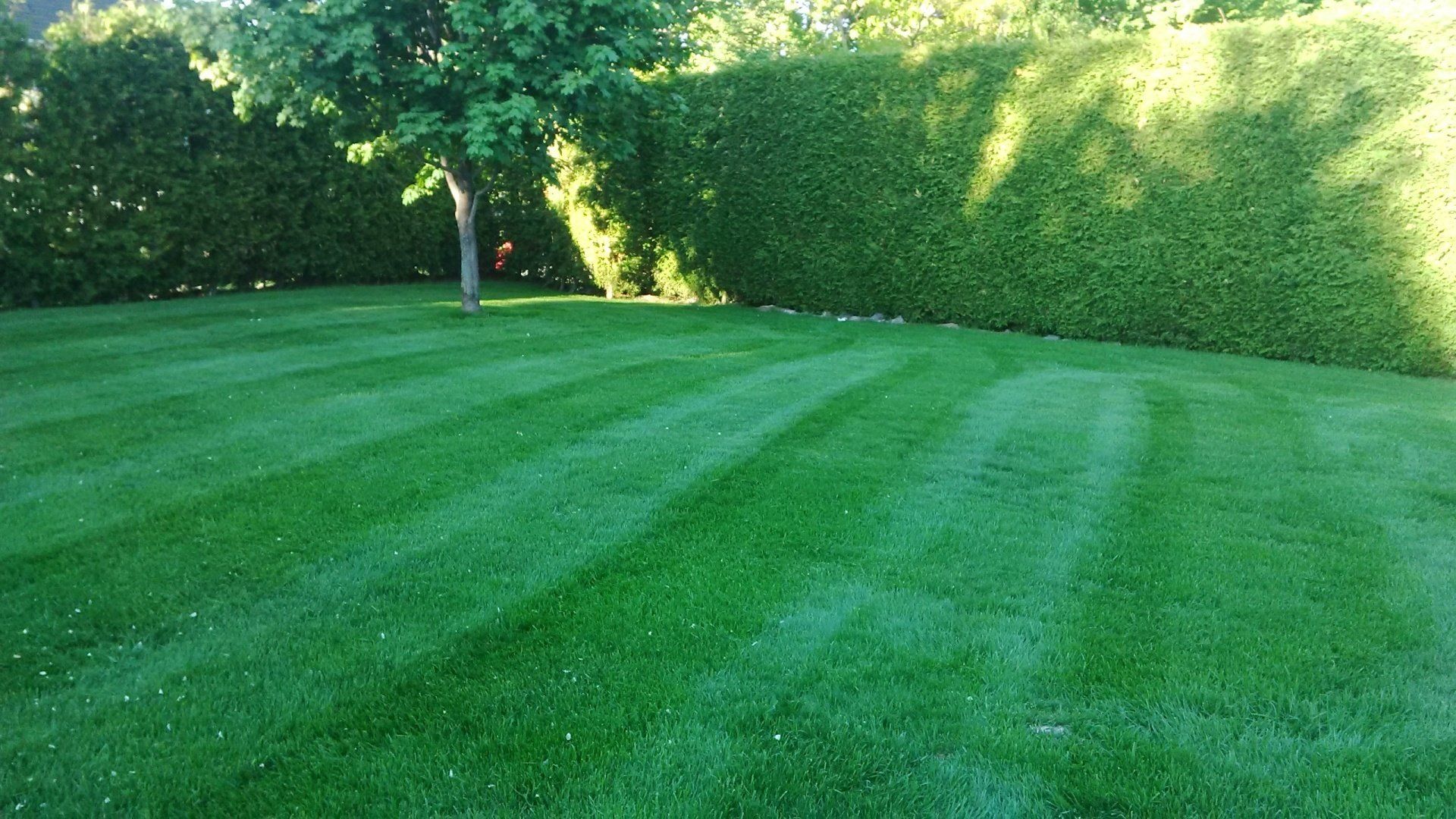Tips & Tricks
TIPS & TRICKS

March 2, 2020
The use of pesticides on residential turf can no longer be applied in Ontario. However, these can be significantly reduced by non-chemical control methods such as: Lawn mower blades By sharpening your lawn mower blades yearly, this gives a clean cut and allows the grass to heal quickly preventing disease and gives a neat appearance as well. Overseeding To maintain a healthy lush lawn, Landscape Ontario recommends adding the proper seed mix that will grow best in our area. Overseeding fills in holes/bare patches preventing growth of weeds in these areas. Fertilizing We recommend a minimum spring and fall fertilizer application but optimum results are attained with four applications per year. Maintaining the grass height The cutting height should be no less that 6-7 cms (2-3'). Allow the grass to grow 2.5cm above the cutting height before mowing. This will improve the ability of the grass to withstand drought, compete against weeds and withstand the attack of some insects. Aerating the lawn yearly Often turf in urban areas is growing on compacted soil. This reduces root growth and the ability of the grass to compete with weeds. Fall is the best time with over-seeding to allow the turf to rest and recover while wintering. Watering your lawn Frequent shallow watering produces week shallow root systems. It is much better to water a lawn thoroughly once a week rather than several brief waterings. By placing a 1 inch deep tuna can (or similar type of can) in the sprinkler pattern area, you will be able to fill the can with water. When it is full, this will be adequate water for 1 week to maintain growth. Dethatching the grass If the thatch layer (dead grass on the surface of the soil) is more than 1 cm thick, it will increase insect and disease problems. Removing it, will encourage a deep root growth producing a rich, lush lawn.
